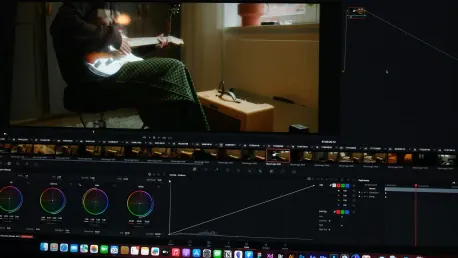The advancing field of emotion recognition software in videos has gained significant attention in recent years. This technology aims to interpret human emotions by analyzing facial expressions, body language, and vocal tones captured through video footage. As industries seek ways to leverage AI and machine learning, emotion recognition software presents a fascinating intersection of technology and psychology.
Context of the Review
Emotion recognition software in videos has vast applications, from enhancing customer experiences in retail to improving safety protocols in security systems. It has even found its way into education, healthcare, and entertainment. Understanding the capabilities and limitations of this technology is crucial as it begins to play a more prominent role in various sectors.
Features and Performance
Facial Expression Analysis
One of the core features of emotion recognition software is its ability to analyze facial expressions. Advanced algorithms detect micro-expressions that last only fractions of a second, offering insights into true emotional states. The software maps these expressions to an emotional database, categorizing them into basic emotions like happiness, sadness, or anger.
Body Language Interpretation
Beyond facial expressions, body language plays a crucial role in emotion recognition. The software tracks posture, movement, and gestures to provide a more comprehensive emotional analysis. This feature is particularly beneficial in scenarios where facial expressions may be ambiguous or not visible.
Vocal Tone Analysis
Vocal tone analysis adds an auditory dimension to emotion recognition. By evaluating changes in pitch, speed, and volume, the software can infer emotions such as excitement, frustration, or calmness. This multi-sensory approach increases the accuracy of emotion detection.
Integration and User Experience
Modern emotion recognition software is designed for easy integration with existing video surveillance systems, customer service platforms, and other digital interfaces. User interfaces are generally intuitive, allowing users to set parameters and receive real-time emotional analytics with minimal training.
Summary
Emotion recognition software in videos promises to revolutionize how we interact with technology and understand human behavior. Its ability to evaluate facial expressions, body language, and vocal tones provides a holistic view of emotional states. While the technology is still evolving, its current applications showcase its potential to streamline processes, enhance safety, and improve personalized experiences.
In conclusion, emotion recognition software in videos has shown significant promise over recent years. With its sophisticated analysis capabilities and user-friendly integration, it has opened new avenues in various industries. The technology’s ability to offer real-time emotional insights has positioned it as a valuable tool, albeit one that must continually evolve to address ethical considerations and improve accuracy.









